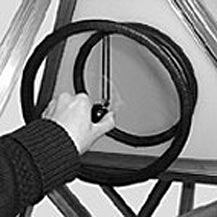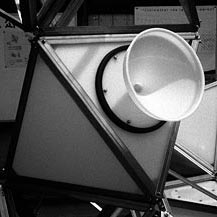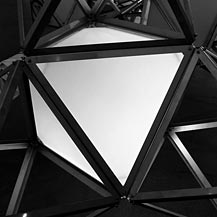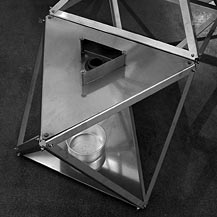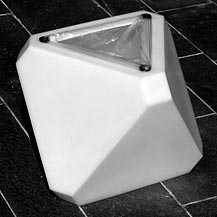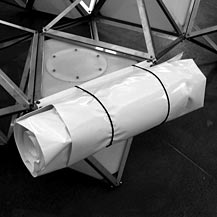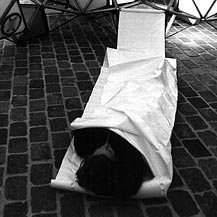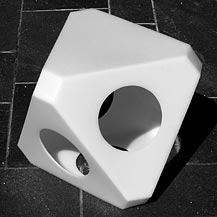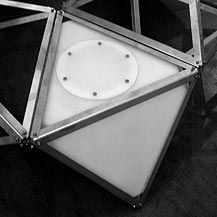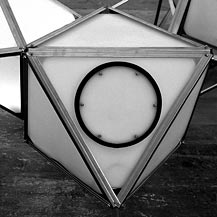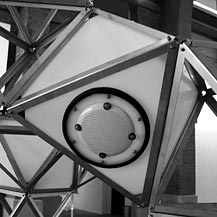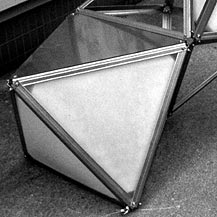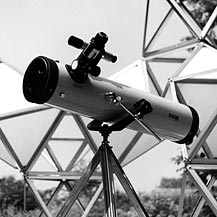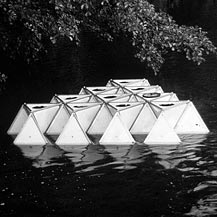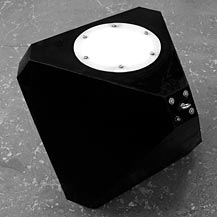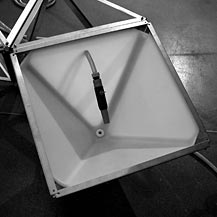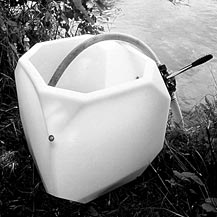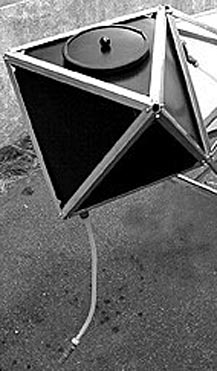PUBLIC THINGS
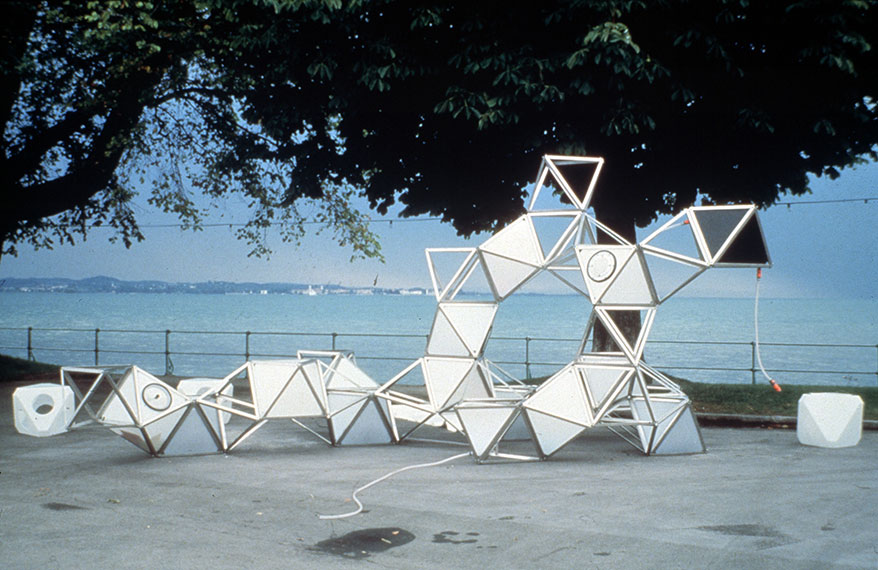 PUBLIC THINGS, Kunsthaus Bregentz, Austria, 2000. Music
by Anders Remmer
PUBLIC THINGS, Kunsthaus Bregentz, Austria, 2000. Music
by Anders RemmerIntroduction:
PUBLIC THINGS enable persons to use public space in various ways. The system consists of a number of functions which are accessible for anybody who wants to use them.
PUBLIC THINGS can be placed at different spots in public areas, such as streets, squares, public buildings, parks or roadsides. Anybody may take initiatives to expand PUBLIC THINGS with more functions.
Construction:
The initial system is constructed from polyethylene tanks.
The tanks hold most of the functions within a framework of acid resistant, stainless steel struts.
All materials are durable and weather proof.
The different elements can easily be reconfigured.
Foundation tanks filled with water add weight to the construction.
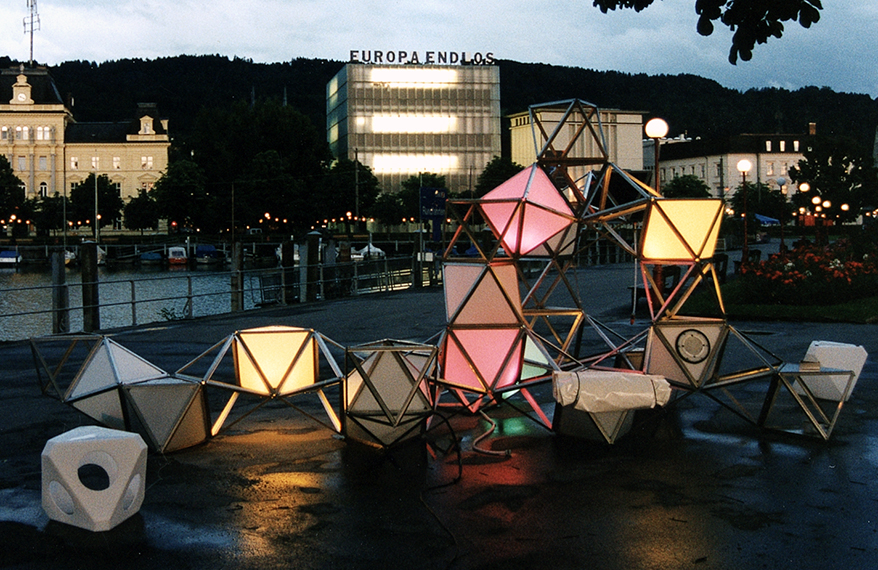
Maintenance:
PUBLIC THINGS are maintained by the persons using them.
System components:
